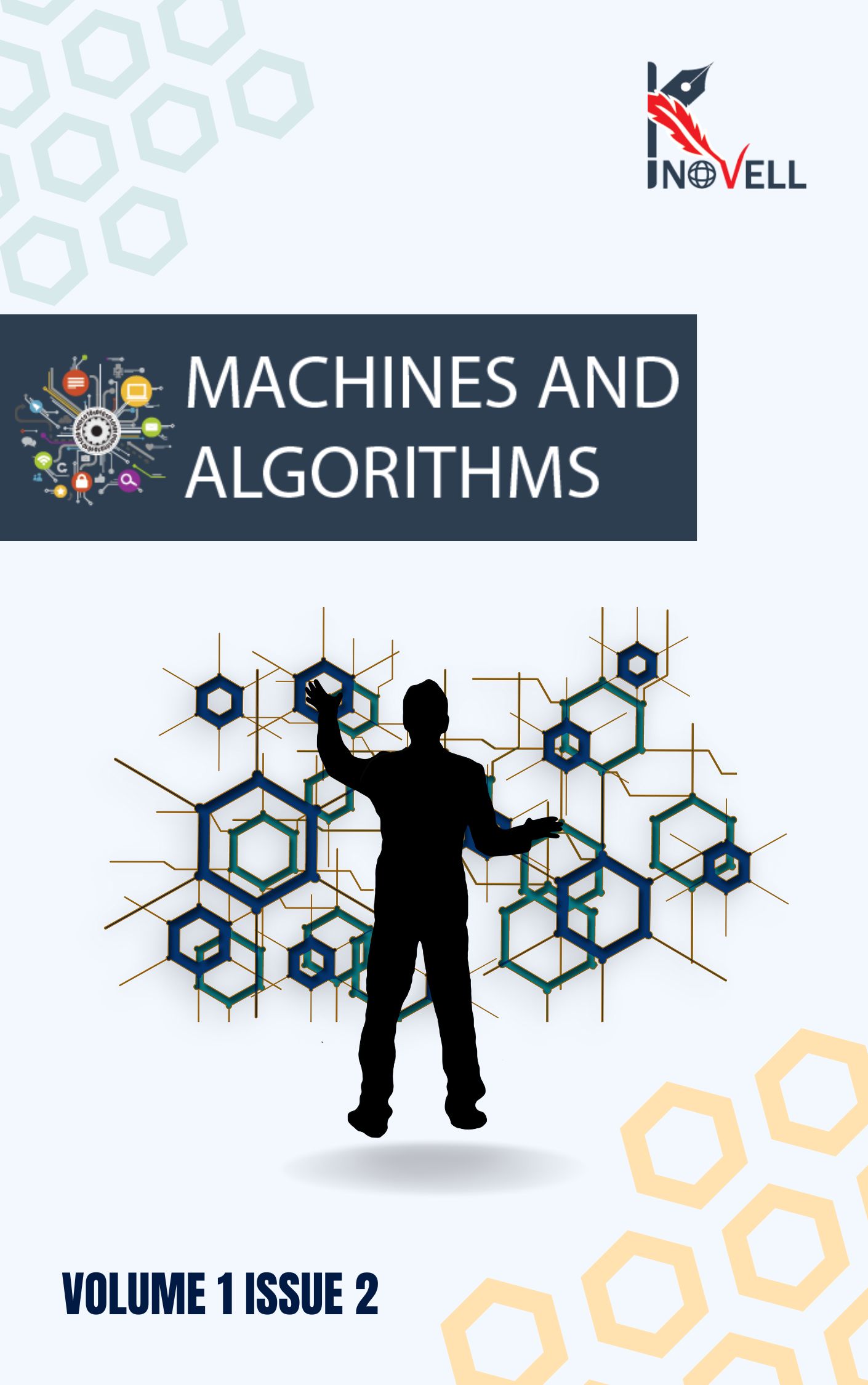Enhancing Pixel-wise Segmentation with BZNet in Hyperspectral Imaging
Keywords:
Hyperspectral Imaging, Deep Learning, Semantic Segmentation, Material Classification, BZNet ModelAbstract
Hyperspectral imaging is a technology used to capture images over a broad range of wavelengths, aiding in the identification of materials based on their distinct spectral signatures. This method possesses capabilities such as detecting various materials, penetrating obscurants like smoke, and providing detailed insight into material composition. The classification of hyperspectral data involves labeling pixels or spectrum ranges on a surface according to their reflective attributes. This task remains challenging due to the data's high dimensionality and the presence of mixed pixels, occurring when different objects share a pixel. Challenges arise from factors like environmental variations, lighting, and structural conditions, affecting classifier accuracy and generalization. Leveraging the power of deep learning, our novel BZNet (a customized SegNet model) introduces an innovative deep fully convolutional neural network architecture for pixel-wise semantic segmentation. The BZNet model enhances the decoder by incorporating skip connections to integrate hierarchical feature maps from the encoder, aligning them with high-resolution input feature maps for precise semantic classification. Extensive testing on various datasets, including combinations thereof, reveals that our BZNet model outperforms SegNet in terms of accuracy, memory usage, and computational speed. Key aspects of our research include the creation of a comprehensive training dataset, drawing from online resources such as the Indian Pines, Salinas, and Pavia University datasets. Multiple classification algorithms, including SegNet, Transnet, HyperNet, and ResNet50, were employed, coupled with various feature extraction methods like Gabor and Laplacian of Gaussian filters. Through rigorous experimentation, we identified the Unet algorithm with the conv2d filter extraction as the most effective. Notably, we achieved remarkable accuracy rates of 97.78% for Indian Pines, 96.67% for Salinas, and an impressive 99.22% for Pavia University classification. These findings underscore the efficacy of our proposed hyperspectral imaging classification system, which holds promise for a wide range of applications. The integration of deep learning techniques, careful dataset curation, and meticulous experimentation has yielded a robust and accurate solution for material identification using hyperspectral data.



